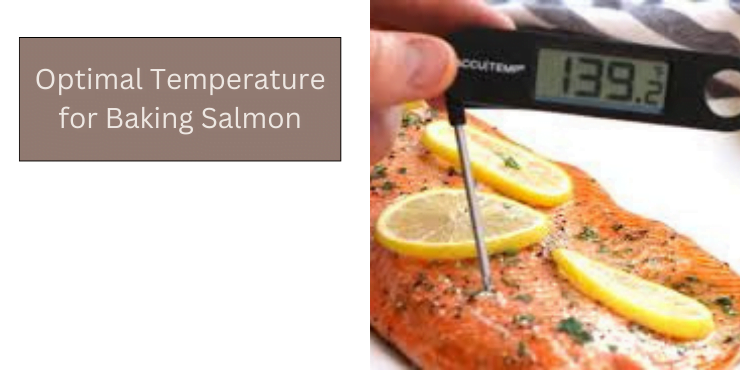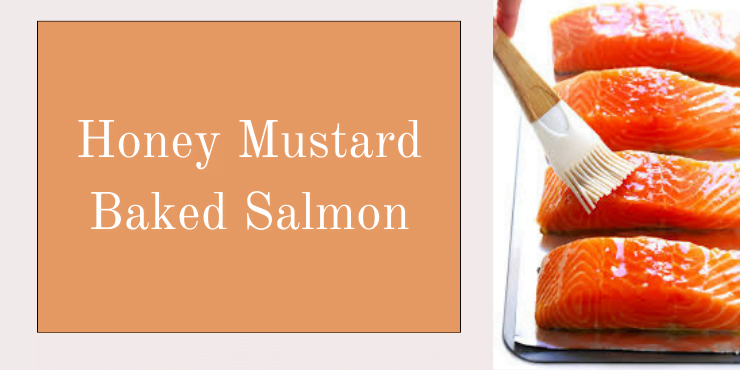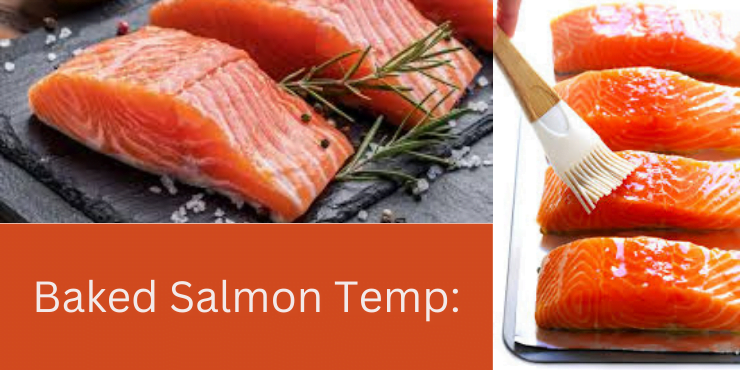Baked Salmon Temp, Salmon is a versatile and delicious fish that can be prepared in various ways, but baking remains one of the most popular methods. Baking salmon allows for easy preparation and enhances its natural flavors. However, achieving the perfect baked salmon requires careful attention to temperature and technique.
Understanding Baked Salmon
Benefits of Baked Salmon Temp
Salmon is renowned for its health benefits. It is rich in omega-3 fatty acids, protein, and essential nutrients, making it a nutritious addition to any diet. Baking salmon helps retain its nutritional value while imparting a delectable flavor.
Nutritional Value
Baked salmon is an excellent source of protein, vitamins, and minerals. It contains heart-healthy omega-3 fatty acids, which have been linked to numerous health benefits, including improved heart health and brain function.
Importance of Temperature in Baking
Optimal Temperature for Baking Salmon

The key to perfectly baked salmon lies in maintaining the right temperature. The ideal oven temperature for baking salmon is around 375°F (190°C). This temperature ensures that the fish cooks evenly and retains its moisture, resulting in tender and flavorful flesh.
Effects of Temperature on Taste and Texture
The temperature at which salmon is baked can significantly impact its taste and texture. Baking salmon at too high a temperature can cause it to dry out, resulting in tough and overcooked fish. Conversely, baking at too low a temperature may not fully cook the fish, leading to a raw or undercooked center.
Tips for Baking Salmon Perfectly
Preparing the Salmon
Before baking, it’s essential to prepare the salmon properly. Ensure that the fish is fresh and free from any odor. Remove any bones and scales, and pat the salmon dry with paper towels to remove excess moisture.
Seasoning and Flavoring
Season the salmon generously with salt, pepper, and your choice of herbs and spices. You can also add lemon slices, garlic, or butter for additional flavor. Marinating the salmon beforehand can enhance its taste and tenderness.
Baking Techniques
When baking salmon, it’s essential to use the right technique. Place the salmon on a lined baking sheet or in a baking dish, skin side down. Bake in the preheated oven for approximately 12-15 minutes per inch of thickness, or until the fish is opaque and flakes easily with a fork.
Popular Baked Salmon Recipes
Lemon Herb Baked Salmon
One of the simplest yet most delicious ways to bake salmon is with lemon and herbs. Drizzle the salmon with olive oil, lemon juice, and a sprinkle of fresh herbs such as dill, parsley, or thyme before baking.
Garlic Butter Baked Salmon
For a rich and indulgent flavor, try baking salmon with garlic butter. Rub the salmon with minced garlic and melted butter, then season with salt, pepper, and a squeeze of lemon juice before baking.
Honey Mustard Baked Salmon

For a sweet and tangy twist, coat the salmon with a mixture of honey, Dijon mustard, and soy sauce before baking. This combination creates a flavorful glaze that caramelizes beautifully in the oven.
Health Considerations and Dietary Restrictions
Omega-3 Fatty Acids
Salmon is an excellent source of omega-3 fatty acids, which are essential for heart health and brain function. Including baked salmon in your diet can help increase your intake of these beneficial fats.
Gluten-Free Options
Baked salmon is naturally gluten-free, making it suitable for those with gluten sensitivities or celiac disease. However, be cautious of any sauces or seasonings that may contain gluten, and opt for gluten-free alternatives when necessary.
Low-Carb Variations
For those following a low-carb or ketogenic diet, baked salmon is an ideal choice. It is high in protein and healthy fats while being low in carbohydrates, making it a satisfying and nutritious meal option.
Serving Suggestions and Pairings
Side Dishes
Baked salmon pairs well with a variety of side dishes, such as roasted vegetables, steamed rice, or quinoa salad. Choose sides that complement the flavors of the salmon and add variety to your meal.
Sauces and Garnishes
Enhance the flavor of baked salmon with a flavorful sauce or garnish. Try serving it with a creamy dill sauce, citrus salsa, or avocado crema for a delicious finishing touch.
Sustainability and Sourcing
Choosing Sustainable Salmon
When purchasing salmon, opt for sustainably sourced varieties whenever possible. Look for labels such as Marine Stewardship Council (MSC) or Aquaculture Stewardship Council (ASC) certification, which indicate that the fish has been responsibly harvested or farmed.
Environmental Impact
It’s essential to consider the environmental impact of salmon farming and fishing practices. By choosing sustainably sourced salmon, you can help support environmentally friendly practices and protect marine ecosystems.
Conclusion
Baked salmon is a versatile and nutritious dish that can be enjoyed in various ways. By understanding the importance of temperature and technique, you can create perfectly cooked salmon that is both flavorful and tender. Whether you prefer classic lemon herb, garlic butter, or honey mustard, baked salmon is sure to impress your taste buds and nourish your body.
FAQs (Frequently Asked Questions)
- Can I use frozen salmon for baking?
- Yes, you can use frozen salmon for baking. However, ensure that it is fully thawed before cooking to ensure even cooking.
- How do I know when salmon is done baking?
- Salmon is done baking when it flakes easily with a fork and reaches an internal temperature of 145°F (63°C).
- Can I bake salmon without seasoning?
- While you can bake salmon without seasoning, adding herbs, spices, and flavorings enhances its taste and aroma.
- What should I do if my salmon turns out dry?
- To prevent dry salmon, be sure not to overcook it. You can also brush the salmon with olive oil or butter before baking to help retain moisture.

